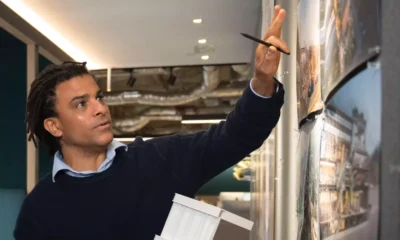Meet the American architect changing China’s cities
Studio Shanghai’s visionary founder Benjamin Wood eschews complicated flashiness to create urban environments that elevate the lives of inhabitants
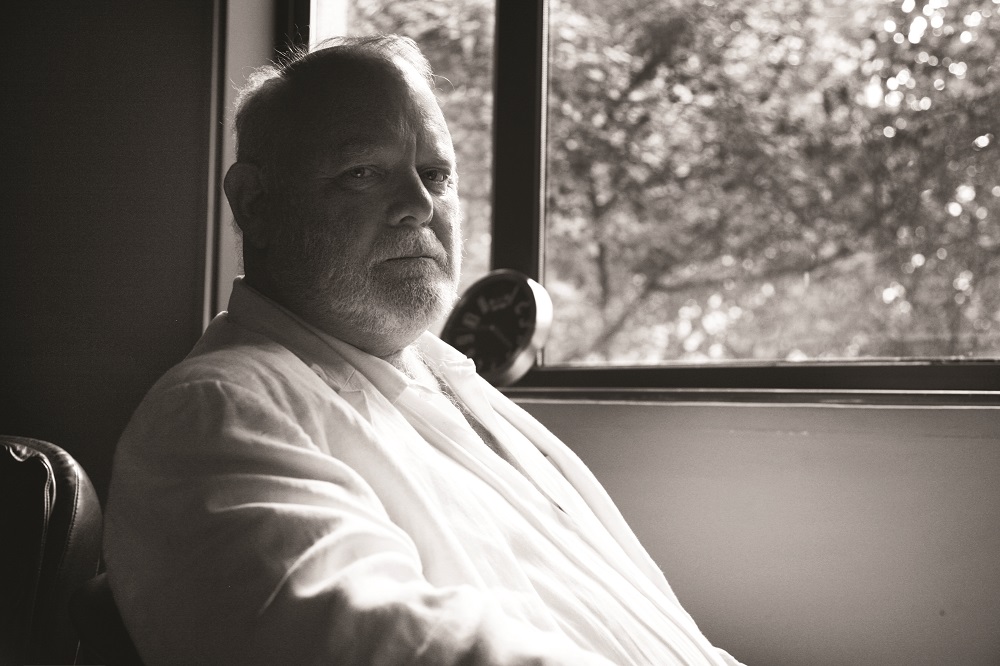
Benjamin Wood was sitting at his desk in his Boston office when he got the call. Vincent Lo, a Hong Kong-based developer, was seeking a visionary architect for an unusual project in Shanghai. Lo had admired Wood’s work on Lincoln Road, a high-end stretch of commercial development that had transformed a neighbourhood in Miami. Details of the project were vague, but the offer was too intriguing to turn down.
“He just said, ‘I have something in Shanghai I want you to look at,’” Wood remembers. “I had never been to China, but he was generous enough to buy me a first-class ticket, so I took him up on it.”
After a brief discussion with Lo in Hong Kong, Wood flew to the mainland for what turned out to be a fateful visit. It was 1998, a year after the handover in Hong Kong and right on the cusp of China’s meteoric building boom. The project in question turned out to be Xintiandi, the upscale, mixed-use development centred around a cluster of historic buildings that is now widely considered one of the country’s greatest urban planning success stories.
In an article for The New Yorker, architecture critic Paul Goldberger dubbed it “the most provocative new architectural project in Shanghai”—an especially bold proclamation in an era when Pudong’s skyline was rapidly approaching Blade Runner proportions.
All of a sudden, Wood was one of the most sought-after architects in China. He found himself commuting across the Pacific so often that he eventually shuttered his U.S. offices and set up shop in Shanghai for good. “I gave all my employees in the U.S., probably 80 people, the opportunity to come with me to China and only one woman took me up on it,” he says. “This was back in the early days when the perception was still that China was a third-world country.”
The real model is creating an outdoor romantic environment for people to watch popular culture being created in real time. What people choose to wear, where they go to eat, the music they listen to—it’s all about expressing themselves through the choices they make
Much has changed in China since then, due in no small part to Wood. Over the past two decades, his design firm, Studio Shanghai, has worked on more than 100 projects that have helped redefine urban life in the nation. After the success of Xintiandi, Wood went on to create similar integrated spaces in cities including Chongqing, Lingnan, and Wuhan.
“The rise of the middle class coincided with my work in China, so I was in the right place at the right time with the right idea. What Xintiandi does is it provides the middle class a place to go,” Wood says. “The real model is creating an outdoor romantic environment for people to watch popular culture being created in real time. What people choose to wear, where they go to eat, the music they listen to—it’s all about expressing themselves through the choices they make.”
The concept may have been radical in China, but it didn’t originate there. Prior to his work on Xintiandi, Wood spent a decade working under Benjamin Thompson, the influential architect behind Faneuil Hall in Boston, the South Street Seaport in New York City, and Union Station in Washington D.C. All of these projects altered the lives of American citizens and redefined their respective urban areas. Tragically, Thompson was never able to see Xintiandi or witness first-hand how far his former pupil would be able to carry his ideas.
“I had an extraordinary teacher,” Wood says. “What he did for the American cities I think I’ve done for cities in China.”
More: Past and future collide in Barrie Ho’s design world
While the architectural projects grabbing headlines in the People’s Republic these days are often skyscrapers with astronomic rents and flashy designs, Wood has little interest in such work. Rather than consider how technological advances might be used to make these prestige-heavy structures possible, he prefers to think about what it can do to make everyday life more enjoyable and environmentally sustainable for the people of a city. In the future, he’s intrigued to see how smart city technologies, like those currently used in Shanghai Disney Resort to monitor crowds and human flow, will be used to improve the cities in which we live.
“Most of my work now, it’s not really buildings anymore. It’s transforming once-famous landmarks and bringing them back to life,” he says. “Throughout my career, I’ve focused on a holistic approach to design. Rather than be a signature style architect, I try to be an architect who works with creating opportunities for ordinary people to enjoy ordinary lives.”
Many individuals would be content to rest on their laurels or ease slowly into retirement at this stage in their careers, but Wood has no intention of doing either such thing. Chinese cities continue to evolve at a dizzying pace and he hopes to be a part of their development.
“I’m still working. I’m 70 years old and I go to work every day,” he says with pride. “I’m still trying to change China and change the world.”
Xintiandi
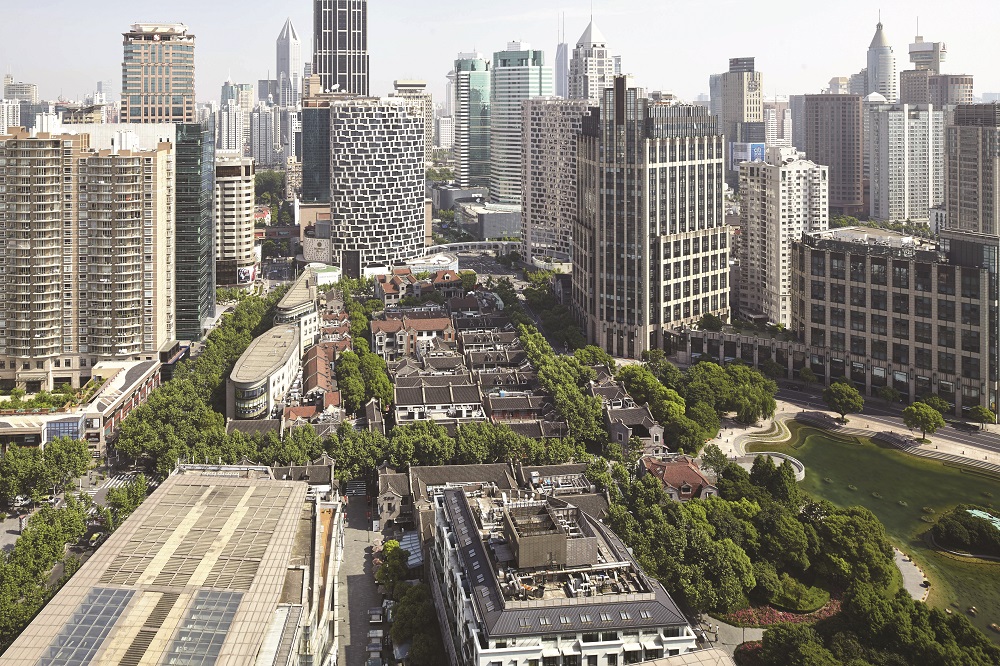
Although Wood wanted to maintain the evocative feel of the historic neighbourhood, he had no desire to turn Xintiandi into a museum. “I’m not a preservationist. I don’t believe you should treat buildings like cadavers and embalm them so they never change,” he says. “In Xintiandi, I used a free hand when it came to making bigger openings in the walls. I didn’t change the central framework, because I thought that was the most important thing.” So while the old shikumen gates were carefully preserved, other elements were drastically altered. Wherever possible, Wood incorporated work by contemporary Chinese craftsmen. The result honours the past, yet still feels vibrant and modern.
Wuhan Tiandi
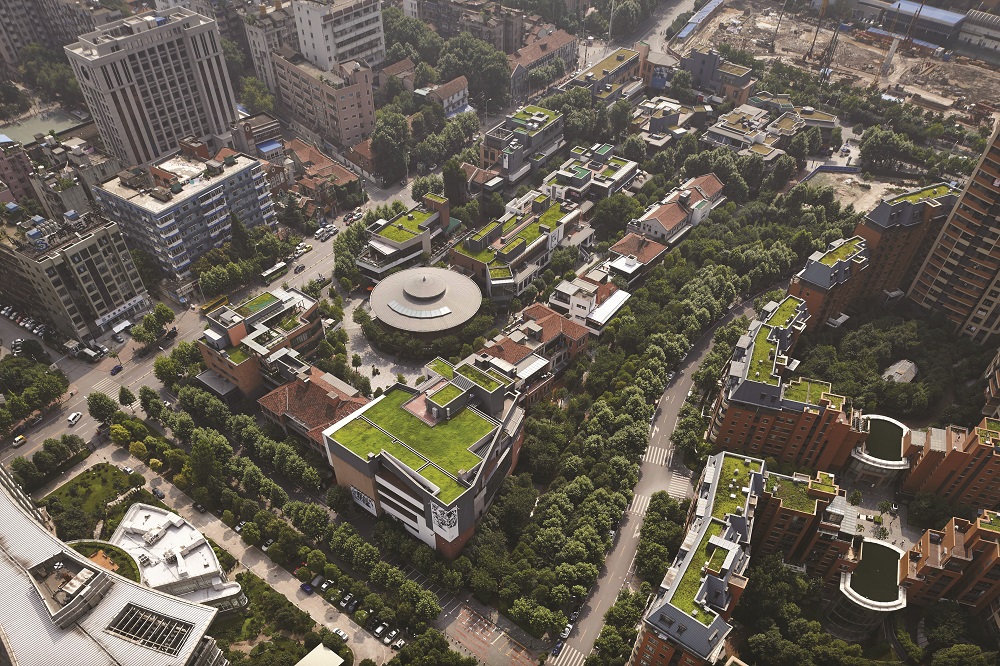
“I’m sort of like an author who writes one book and isn’t really sure if they can write the second one,” Wood says. “When I started Wuhan Tiandi, I was apprehensive.” Much of that had to do with the fact that the space in Wuhan came with fewer heritage buildings. Rather than rely on old structures to give the place its charm, Wood planned the development mostly from the ground up. “I had achieved this great success with Xintiandi, which a lot of people incorrectly attributed to historical preservation,” he says. “It’s not about that. The buildings in Wuhan Tiandi, 95 percent of them are brand-new.”
Zhongshan Avenue
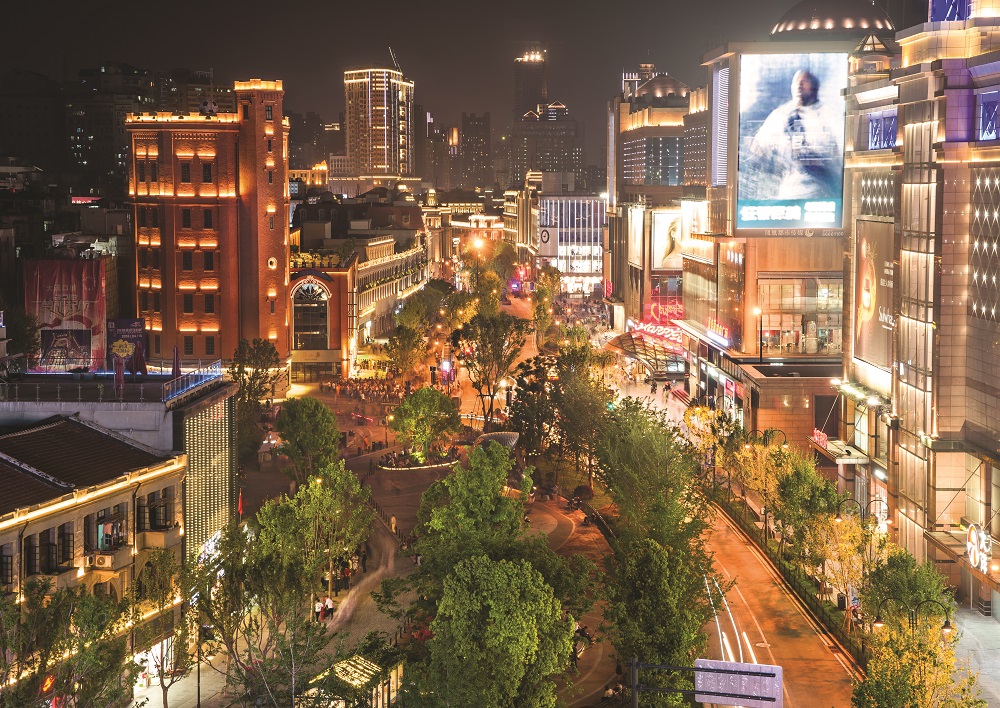
When it was first built, architects envisioned Wuhan’s Zhongshan Avenue as the equivalent of Shanghai’s ritzy shopping boulevard, Nanjing Road. Unfortunately, the original execution failed to live up to these lofty expectations. “Years ago, it was practically deserted and most of the shops were… not very good, let’s put it that way,” Wood says. In order to bring new life to the area, Studio Shanghai completely overhauled roughly three kilometres of the pedestrian-friendly zone. It’s just one of several major projects in the city that have helped reshape the fabric of daily life in this rapidly changing industrial city. “Now the best shops in town have moved back,” he says.
The HUB
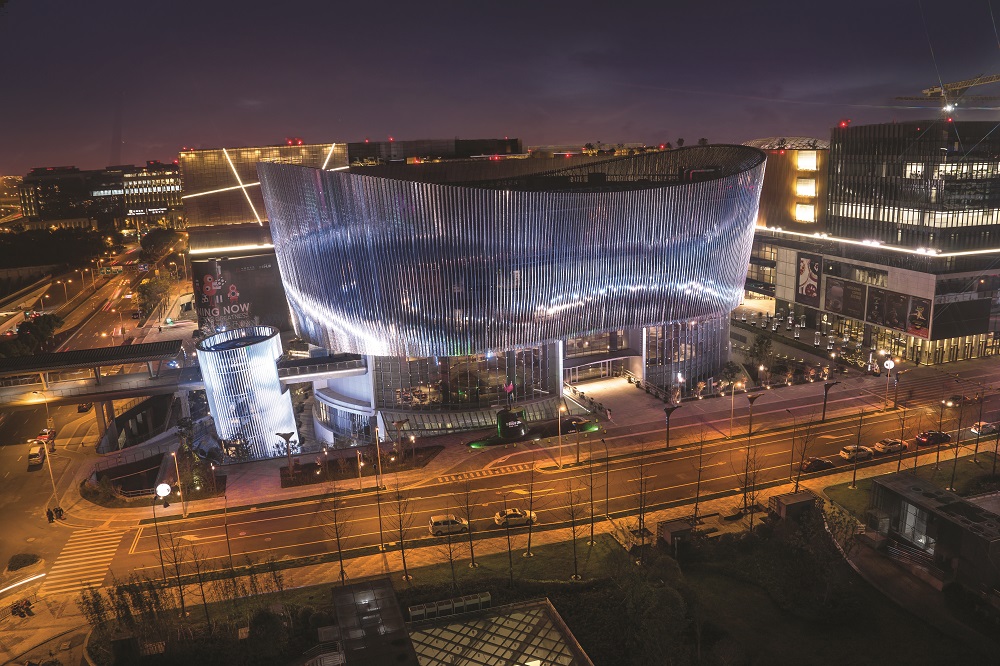
On an average day, between 1.1 and 1.4 million people pass through this aptly named focal point in Shanghai. The HUB is a 62,000 sqm, six-story shopping centre in Hongqiao District where the city’s high-tech transportation networks, the Hongqiao Airport, the Hongqiao Railway Station, and the Hongqiao Maglev Station, converge. Designing a space that could handle such a staggering volume of foot traffic and some of the most vital connections in the country was no small task. The result is a glittering, streamlined, and staggeringly efficient temple of capitalism that boasts some of the most prestigious retail labels in the city.
Positec Headquarters Building
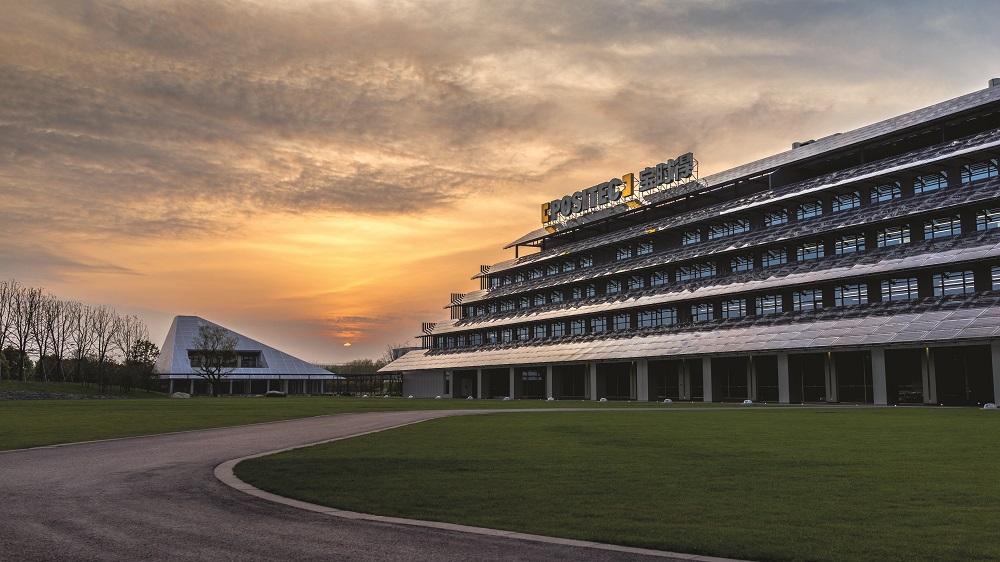
“The tendency nowadays, because fossil fuel is still relatively cheap and alternative energies are getting cheaper, is that engineers are getting lazy,” says Wood. Plenty of developers like to brag about their commitment to being green, but few can match the eco-credentials of this US LEED Platinum-certified office block covering more than 3,000 sqm. From a cleverly designed rainwater recovery system to a solar photovoltaic power generator to a savvy lighting system, Studio Shanghai incorporated intelligent sustainable solutions into every facet of the building. There are even charging facilities and reserved parking spaces for electric cars in the parking garage, a boon for people like Wood. “I just bought an electric car!” he says. “I have a London taxi cab and a driver for the daytime, but at night I love to drive around the city in it.”
Foshan Lingnan Tiandi
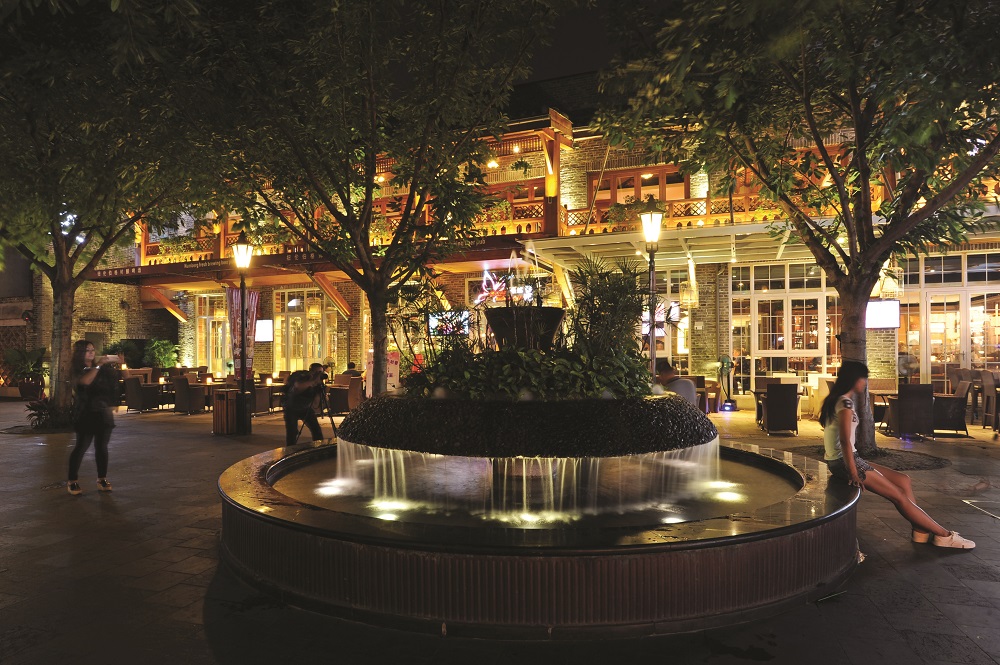
Much like Xintiandi before it, this USD300 million project is anchored by 128 traditional buildings. Wood and the project manager Matt White spent three years living in and meticulously documenting the area. The finished space uses the site’s past as a source of inspiration, but is not rigorously constrained by it. Wood intentionally avoided littering the grounds with ostentatious skyscrapers. “High-rise buildings are tall buildings on life support. They’re all mechanically ventilated,” he says. “When people say it’s sustainable, they mean they’ve found a way to make a more efficient air conditioning system, but there’s nothing sustainable about them.”
This article originally appeared in Issue No. 150 of PropertyGuru Property Report Magazine
Recommended
Meet the architect transforming Asia’s retail spaces with nature-inspired designs
David Buffonge, the cofounder of Hong Kong-based Lead8, has strong opinions on how to improve built environments around Asia
6 sights to check out in Siem Reap, Cambodia
Cambodia’s “temple town” is bolstering its touristfriendly attributes with new infrastructure and residential developments
Inside Asia’s luxury resort residences that are redefining high-end living
Asia’s resort residence market is witnessing a shift as investors eye larger, multifunctional units
How joining BRICS could give Thailand and Malaysia a new economic edge
Thailand and Malaysia are eyeing membership in the bloc of emerging nations

